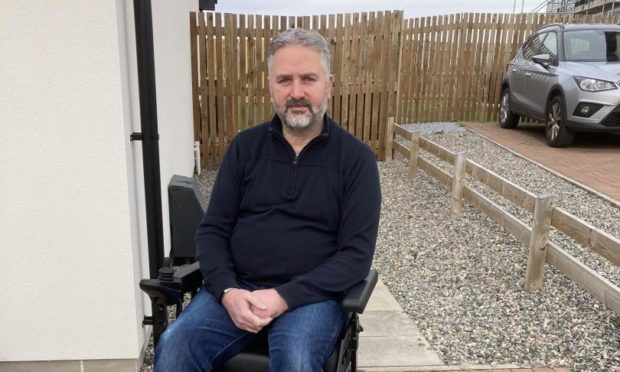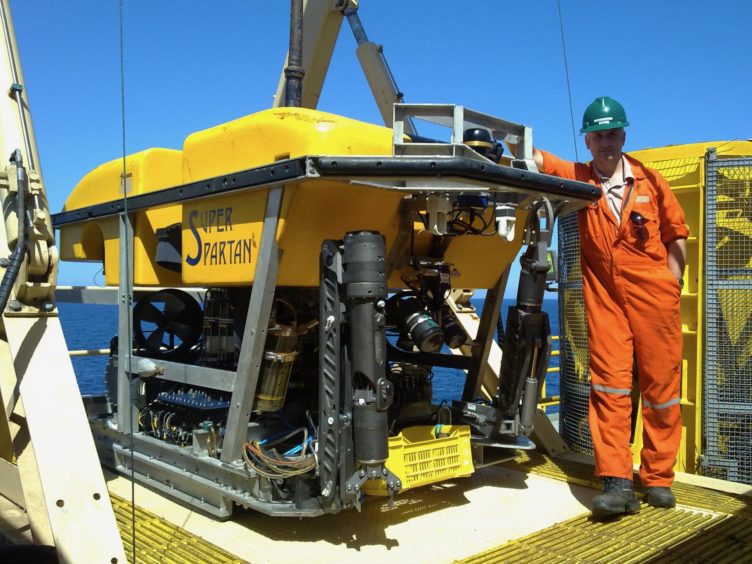For the last five years, former RAF Kinloss avionics engineer Steve Gray’s health has “nose-dived” as his multiple sclerosis (MS) has progressed.
The condition, which affects the nerves, has made it harder for him to do everyday things like walking unaided.
Now the 57-year-old has opened up about his experience to mark MS Awareness Week.
More than 15,000 people in Scotland have MS – which is one of the highest rates in the world.
Mr Gray from Forres, first was diagnosed in 2000 but battled to complete his military career.
He said: “In 1995 I was blinded in my right eye after a strobe light on an aircraft accidentally went off and caused some damage.
“I had optic neuritis and was sent down to hospital in London where I had an MRI and the possibility of MS was raised.
“My eyesight returned and for about three years I was doing fine. Then one day I woke up with numbness below the trunk of my body.
“So I was sent back down to London for another MRI and they were able to confirm that I had MS.
“I continued in the RAF following my diagnosis and, barring the relapses, I was the fittest I’d ever been.
“I was able to complete my initial 22 year service so got my full pension.”
An MS Society survey has revealed 35% of people have kept their condition a secret.
Mr Gray added: “After the RAF I moved into working offshore which I did for 14 years but in 2015 the number of relapses I was having started to affect my safety so I stopped.
“I didn’t disclose my MS to the office but my colleagues knew and they were incredibly supportive, helping me with the heavy manual lifting and enabling me to do the other stuff.
“Since I was told that I have secondary progressive MS, things have nosedived – in the last five years things have deteriorated a lot.
“I’ve lost a lot of strength and I use a zimmer in the house and an electric wheelchair when I’m outside.”
People can email WellbeingScotland@mssociety.org.uk or call 0131 335 4050 for support.

